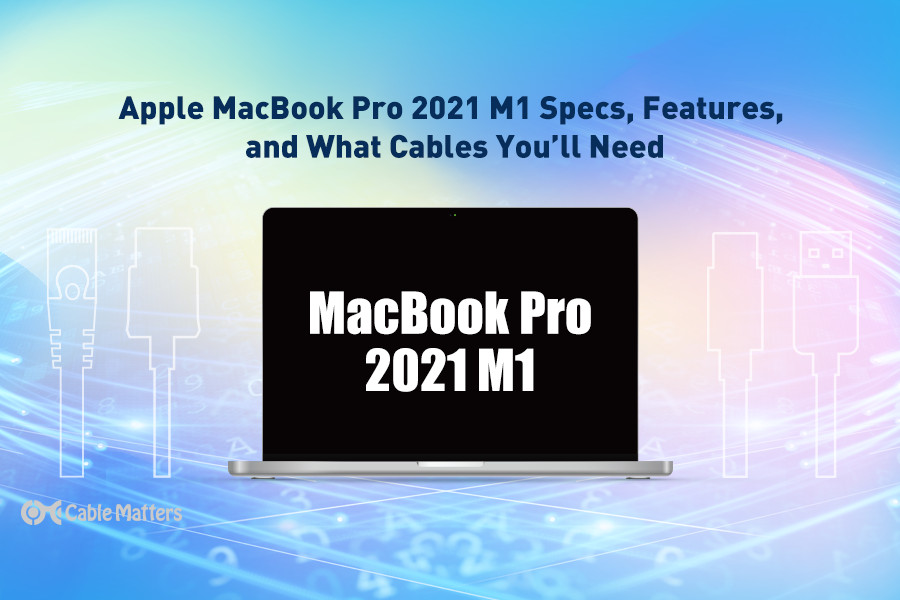
With new technology and rumors abound, 2022 VR headsets could spark new life into the already revolutionary field of virtual reality.
Read More

With a new year comes new tech trends. Here's what to look for in 2022, from new cable types to new hardware.
Read More

The new 2021 MacBook Pro offers more ports and a surprise - M1 multiple display support on the higher-end models.
Read More

With a new cable standard comes the age-old question: Is Thunderbolt 4 backwards compatible? Read on to find out.
Read More

What is USB-C and what is it used for? This post takes a deep dive on the benefits of converging to a single computer connection standard, or USB-C.
Read More

An HDMI extender — also called an HDMI splitter — uses Ethernet cables to carry HDMI signals across great distances.
Read More

KVM switches have come a long way from their niche in IT to a mainstream tech accessory. Check out what a USB-C KVM can do for you.
Read More

Those new to music production might wonder what is MIDI? MIDI is a way to bring musical equipment into the 21st century. Read on to learn what this MIDI cable standard can do.
Read More

The Steam Deck seeks to combine the portability of a handheld game console with PC power. Learn about the cables you'll need to get started in this post.
Read More

Working, playing, and learning from home can stress your home network. Learn how to upgrade your home network for the future of work and play.
Read More